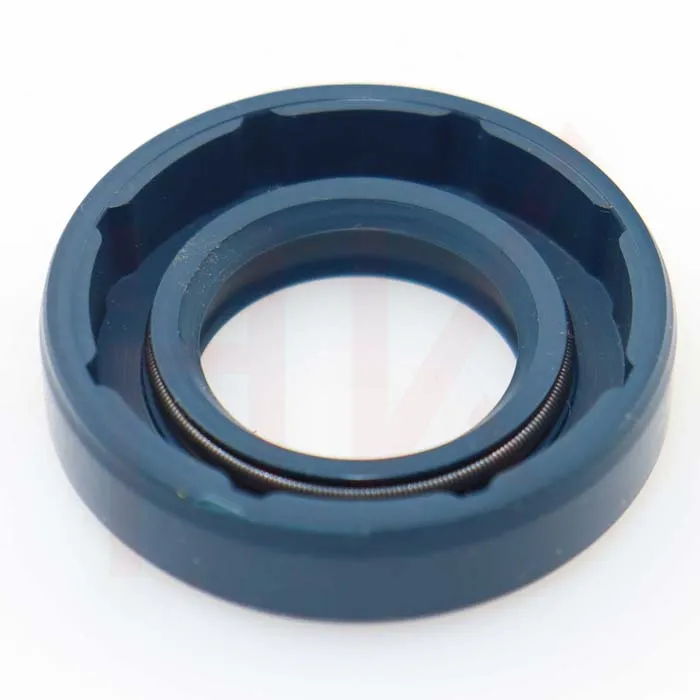Nov . 13, 2024 22:28 Back to list
forklift hydraulic cylinder seals
Understanding Forklift Hydraulic Cylinder Seals Importance and Maintenance
Forklifts are essential machines in various industries, from warehousing to manufacturing, facilitating the movement of heavy loads with ease. A critical component of a forklift's lifting mechanism is the hydraulic system, particularly the hydraulic cylinder. Within this system, seals play a vital role, ensuring efficiency, safety, and longevity of the equipment. In this article, we will explore the importance of forklift hydraulic cylinder seals, their functions, and essential maintenance practices.
Importance of Hydraulic Cylinder Seals
Hydraulic cylinder seals are designed to contain the hydraulic fluid within the cylinder while preventing leaks. These seals are crucial for two main reasons performance and safety. The hydraulic system operates under high pressure, and any failure in the sealing component can lead to significant power loss, reduced lifting capacity, and increased wear on the equipment.
Moreover, leaks not only diminish efficiency but can also pose safety hazards. Hydraulic fluid spills can create slippery surfaces, increasing the risk of accidents in the workplace. Additionally, a loss of pressure in the hydraulic system can cause sudden drops of loads being lifted, leading to injuries or damage to property. Therefore, maintaining the integrity of hydraulic cylinder seals is paramount for safe forklift operation.
Types of Seals Used in Hydraulic Cylinders
There are several types of seals used in forklift hydraulic cylinders, each designed for specific functions
forklift hydraulic cylinder seals

1. Rod Seals These seals are located between the cylinder barrel and the piston rod, preventing fluid from leaking out of the cylinder during operation. 2. Piston Seals These seals are crucial for maintaining pressure within the cylinder, allowing the forklift to lift and lower loads effectively. 3. Buffer Seals Designed to absorb shock and prevent fluid from bypassing, they provide additional protection for the rod and piston seals, enhancing their durability. 4. Wiper Seals While not directly involved in sealing, wiper seals remove dirt and debris from the rod before it enters the cylinder, which helps prolong the life of other seals.
Maintenance of Hydraulic Cylinder Seals
Regular maintenance is essential for ensuring the longevity and functionality of hydraulic cylinder seals in forklifts. Here are some best practices
1. Regular Inspection Routinely inspect hydraulic cylinders for signs of leakage or wear. Early detection can prevent more significant problems down the line. 2. Keep the Area Clean Ensure that the area around the hydraulic cylinder is clean to prevent dirt from entering the system, which can compromise the seals. 3. Monitor Fluid Levels Regularly check hydraulic fluid levels and top off as needed. Low fluid levels can create excessive heat and pressure on the seals, leading to premature failure. 4. Replace Worn Seals If seals show signs of wear, such as cracks, distortion, or leakage, they should be replaced promptly to maintain optimal performance.
Conclusion
Forklift hydraulic cylinder seals are integral to the efficient and safe operation of lifting equipment. By understanding their importance and implementing regular maintenance practices, operators can ensure that their forklifts function reliably and safely, resulting in increased productivity and reduced operational costs. Investing in quality seals and timely inspections will ultimately prolong the lifespan of the hydraulic system and enhance workplace safety.
-
TCN Oil Seal Metal Ring Reinforcement for Heavy Machinery
NewsJul.25,2025
-
Rotary Lip Seal Spring-Loaded Design for High-Speed Applications
NewsJul.25,2025
-
Hydraulic Cylinder Seals Polyurethane Material for High-Impact Jobs
NewsJul.25,2025
-
High Pressure Oil Seal Polyurethane Coating Wear Resistance
NewsJul.25,2025
-
Dust Proof Seal Double Lip Design for Construction Equipment
NewsJul.25,2025
-
Hub Seal Polyurethane Wear Resistance in Agricultural Vehicles
NewsJul.25,2025
-
The Trans-formative Journey of Wheel Hub Oil Seals
NewsJun.06,2025
Products categories
















